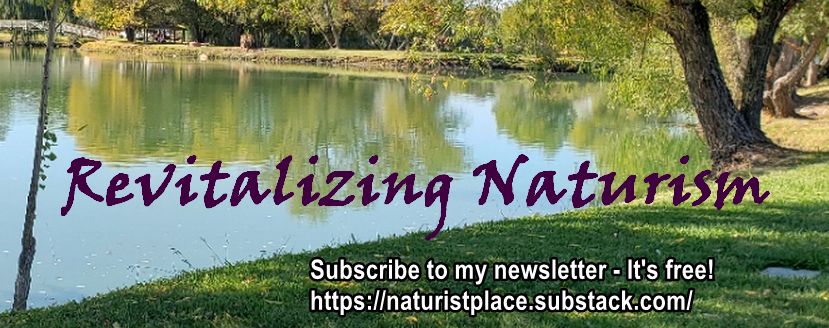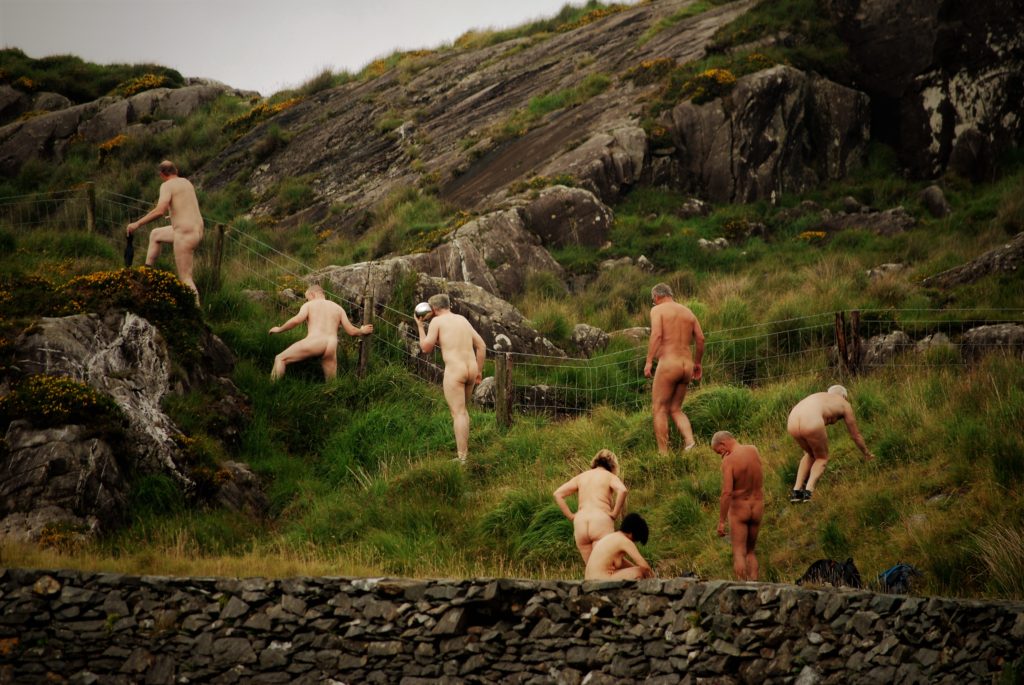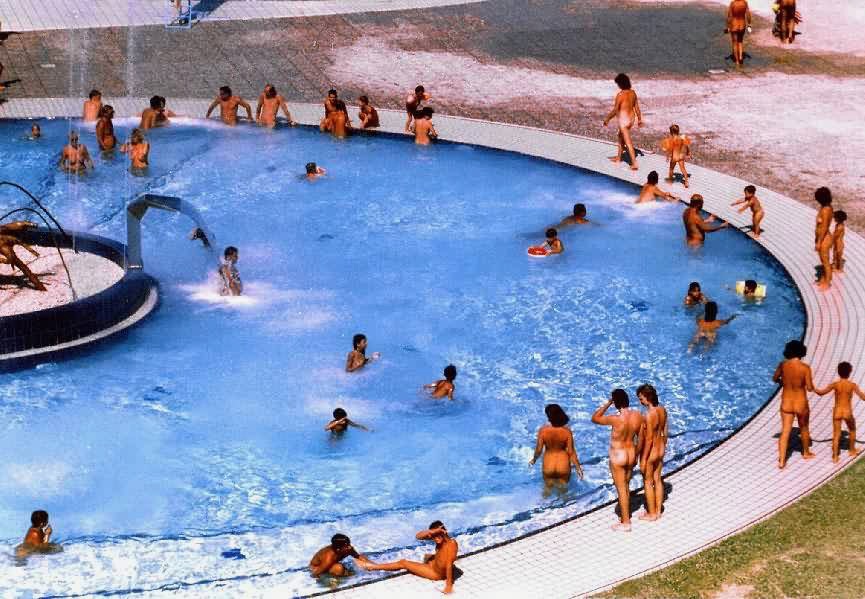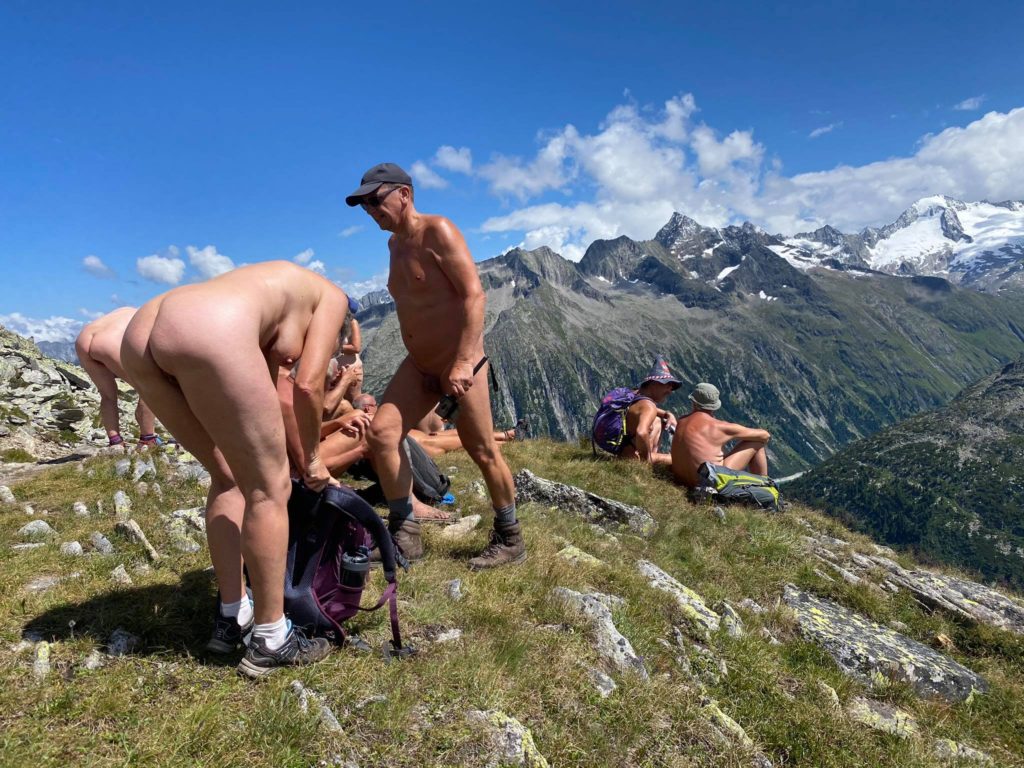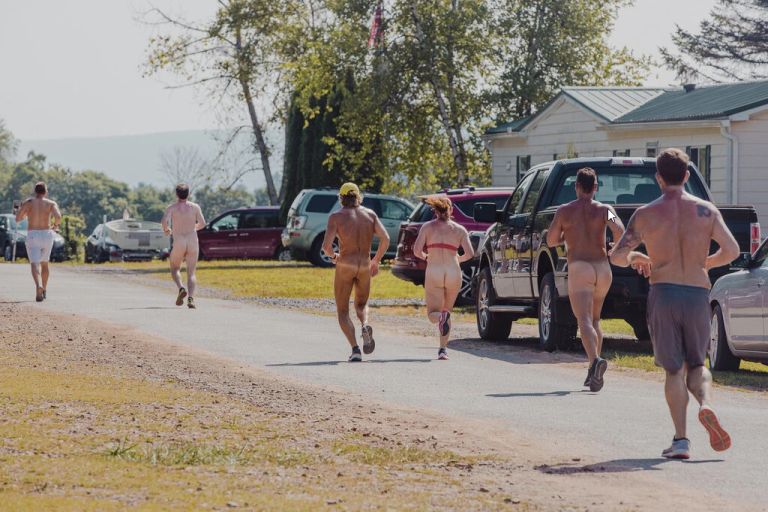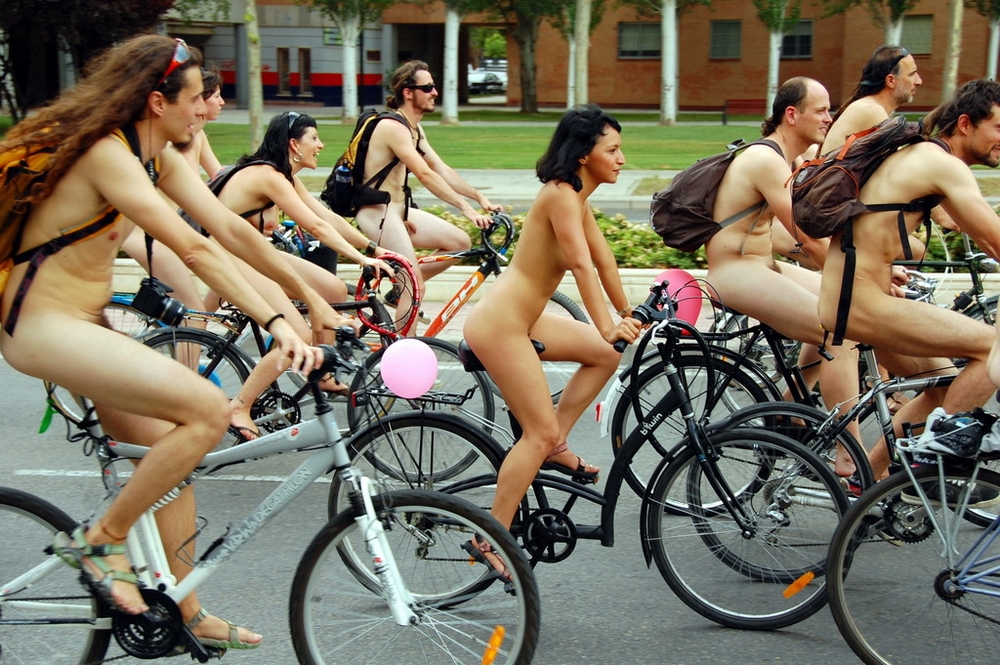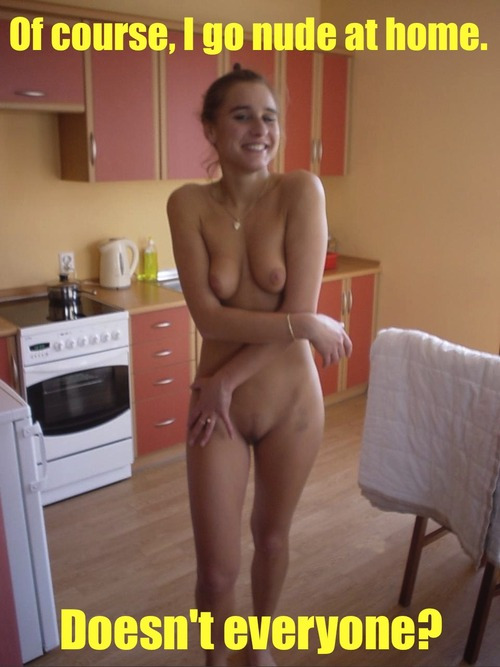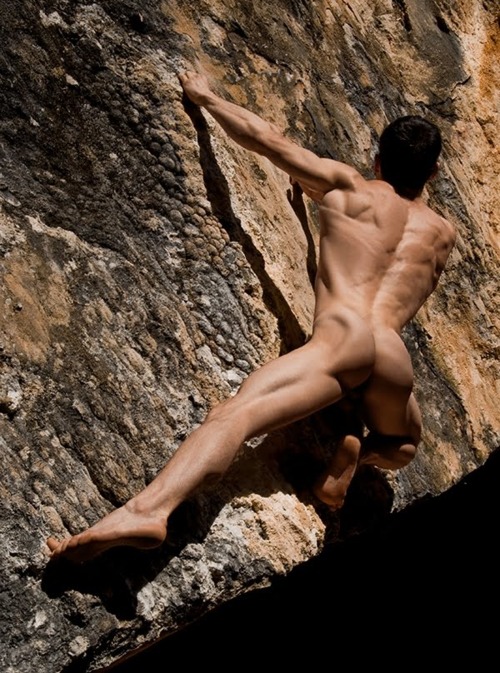
Perhaps the notion of “naturist goals” immediately starts you wondering why naturists even need goals. Isn’t naturism supposed to be about simple pleasure and relaxation? Why would a naturist need to have “goals” – which would require planning and exerting some effort instead of simply enjoying any time that can be spent naked?
And the truth is: no, it isn’t absolutely necessary to set goals for yourself, as far as naturism is concerned. If you’re fully satisfied with being naked at home or when you visit a favorite naturist place, that fine. Enjoy it without reservation. Perhaps you don’t need to read any further.
On the other hand, you might want at least to consider why setting goals could allow you to enjoy naturism even more fully, more often, and in new and different ways.
Continue reading “What are your naturist goals?”
